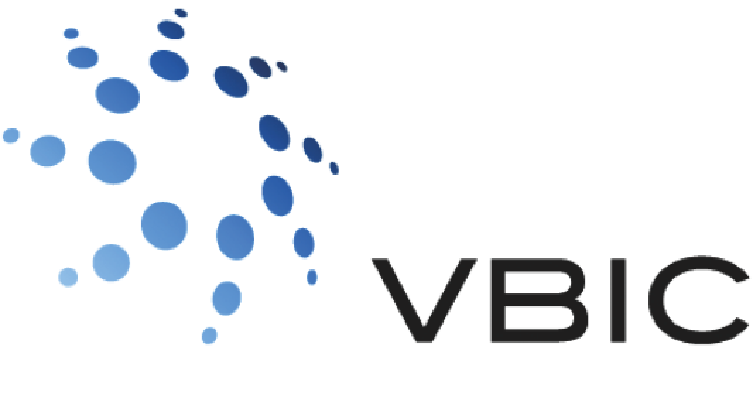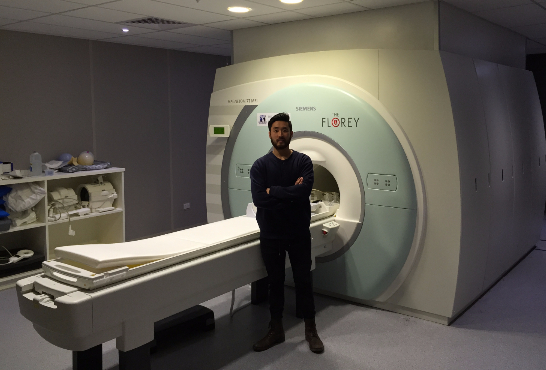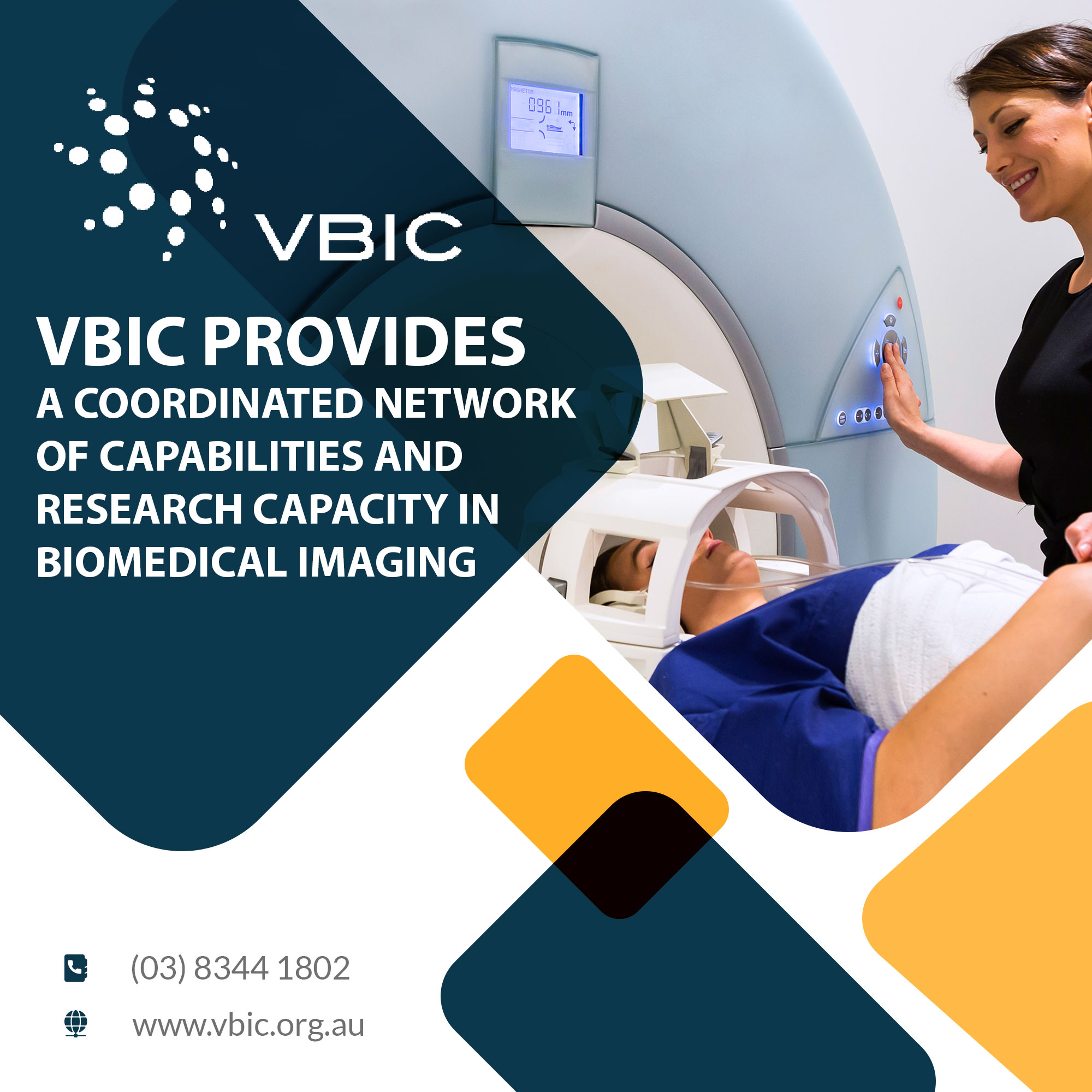A number of students’ PhD projects across institutions and sites have been supported by the use of equipment made available by VBIC.
Peter Yoo is a PhD student at Parkville, who is investigating developing a novel diagnostic tool for invasive intracranial electrode implantation treatments via real-time ultra high-field fMRI with neurofeedback at 7 Tesla.
1. Briefly tell us about your research project.
I am developing a novel diagnostic tool for invasive intracranial electrode implantation treatments via real-time ultra high-field fMRI with neurofeedback at 7 Tesla. We have recently developed a minimally invasive endovascular device capable of recording high-fidelity intracranial brain signals, and demonstrated the feasibility of the device being used to drive a motor restorative brain-machine interface system in an animal model. Although this method of intracranial electrode implantation drastically reduces health-risks compared to previous methods that require craniotomy, a favourable risk-to-benefit ratio must be determined before it can be implemented in humans.
fMRI is a method of neuroimaging that indirectly but reliably quantifies neural activity through the proxy of oxygenation levels in the surrounding vasculature. This information can now be processed in near real-time, and be presented back to the participants. I am aiming to exploit this technique to identify specific neural regions that uniquely respond to isolated lower-limb joint movement attempts in paraplegic spinal cord injury patients, as well as to grant them volitional control over these discrete neural regions, and train them on this explicit neural controllability.
This will allow us to pre-surgically estimate the feasibility of an individual driving a motor-restorative brain machine interface through our minimally invasive endovascular electrode array.
2. Who are your supervisors?
Prof. Terence O’Brien
Dr. Bradford Moffat
Dr. Thomas Oxley
3. What imaging equipment are you using?
Siemens 7 Tesla MRI
4. How did you find accessing and using the equipment?
Excellent. There are several dedicated scanning days, and the radiographers with an incredible depth of experience are more than willing to help. An extremely convenient online booking system makes it easy to book a session, however, the level of safety screening procedures is not compromised in any way which is great.
5. Did you work across sites? If so, how did you find accessing the equipment across sites?
No. Currently, I am working out of the Melbourne Brain Centre in the Kenneth Myer Building.
6. Thank you very much for your time, Peter.
Anytime.




0 Comments